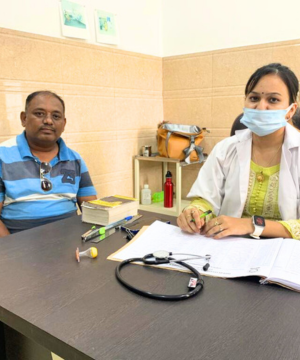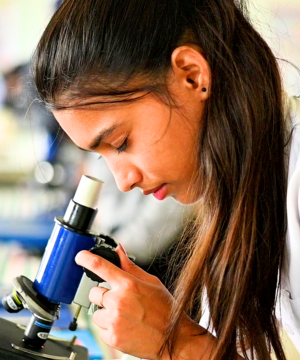Anatomy is the branch of biology concerned with the study of the structure of organisms and their parts. It is a fundamental area of study in medicine and biology, providing critical insights into the organization and function of living organisms.
Main aspects of anatomy:
Branches of Anatomy
Importance of Anatomy
Key Anatomical Structures
Understanding anatomy is crucial for anyone involved in healthcare, biology, and related fields, as it provides the structural framework upon which physiological functions are based.




Whether you’re considering a foundation course or an undergraduate academics is a place.
View AllCopyright © 2024 All Rights Reserved by Indian Institute Of Homoeopathy & Hospital